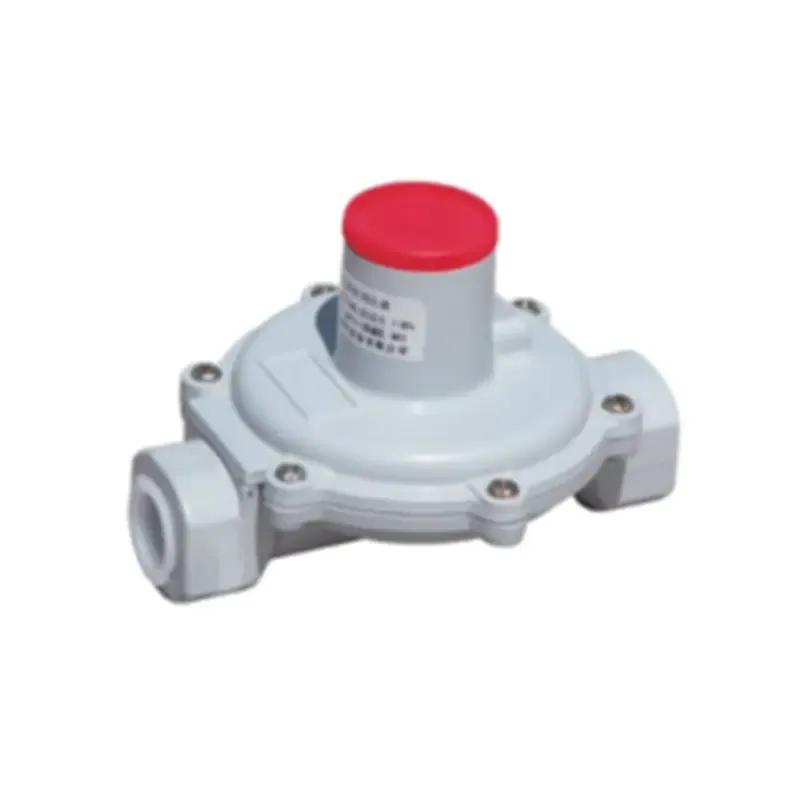
Oct . 21, 2024 22:07
Back to list
Gas Pressure Vessel Understanding Its Importance and Applications in Industry
Understanding Gas Pressure Vessels Design, Safety, and Applications
Gas pressure vessels are essential components in various industries, designed to safely contain gases under high pressure. They play a crucial role in sectors such as manufacturing, chemical processing, oil and gas, and energy production. Understanding the design, safety measures, and applications of gas pressure vessels is vital for engineers and industry professionals working with high-pressure systems.
What is a Gas Pressure Vessel?
A gas pressure vessel is a container capable of withstanding internal pressure significantly greater than atmospheric pressure. These vessels are typically constructed from robust materials like steel or composite materials, ensuring durability and strength. The primary purpose of a gas pressure vessel is to store gases in a controlled environment and facilitate their use in industrial applications.
Design Considerations
When designing a gas pressure vessel, several critical factors must be taken into account
1. Material Selection The materials used for construction must be able to withstand high pressures and temperatures. Common materials include carbon steel, stainless steel, and specialty alloys designed for extreme conditions.
2. Thickness and Shape The thickness of the vessel wall is determined by the internal pressure, the type of gas, and the temperature. Cylindrical shapes are most common due to their efficient stress distribution, although spherical vessels are also utilized for their superior strength-to-weight ratio.
3. Pressure Rating A gas pressure vessel must be rated to operate safely at specific pressure levels. This rating is determined by standards set by organizations such as the American Society of Mechanical Engineers (ASME) or the European Pressure Equipment Directive (PED).
4. Safety Features Safety is paramount in the design of gas pressure vessels. Features such as pressure relief valves, burst disks, and safety interlocks are incorporated to prevent overpressure situations and ensure safe operation.
.
The operation of gas pressure vessels is strictly regulated to ensure safety for both personnel and the environment. Standards from organizations like ASME and the Occupational Safety and Health Administration (OSHA) provide guidelines for the construction, operation, and maintenance of these vessels.
وعاء ضغط الغاز

Regular inspections and testing are mandated to identify potential weaknesses or failures in the vessel. Non-destructive testing methods, such as ultrasonic testing and radiography, are often employed to assess the integrity of the vessel without causing damage.
Applications of Gas Pressure Vessels
Gas pressure vessels are utilized in a wide range of applications
1. Chemical Processing In the chemical industry, pressure vessels are used to store and transport gases such as hydrogen, nitrogen, and ammonia. These gases are critical for manufacturing fertilizers, explosives, and various chemicals.
2. Oil and Gas Industry Here, gas pressure vessels are employed to store natural gas and other hydrocarbons under high pressure, facilitating the extraction, transport, and processing of these valuable resources.
3. Energy Production Gas pressure vessels are integral to power plants, particularly those using gas turbines or combined cycle systems. They store fuels in gas form, ensuring a consistent supply for energy generation.
4. Food Industry In food processing, gas pressure vessels are used for the storage of gases like carbon dioxide, which are essential for processes such as carbonation in beverages.
Emerging Trends and Innovations
Innovations in materials and technologies are driving advancements in the design and safety of gas pressure vessels. The use of composite materials is gaining traction, offering lightweight solutions that can withstand high pressures while reducing overall system weight. Additionally, advancements in monitoring technologies, such as pressure and temperature sensors, enhance real-time data acquisition, enabling proactive maintenance and safety measures.
Conclusion
Gas pressure vessels are vital components in numerous industries, playing a crucial role in the safe containment and utilization of gases under high pressure. Understanding their design, safety regulations, and applications is essential for ensuring safe operations and mitigating risks associated with high-pressure systems. As technology advances, the future of gas pressure vessels will likely see further innovations that improve safety, efficiency, and environmental sustainability.
Latest news
-
Safety Valve Spring-Loaded Design Overpressure ProtectionNewsJul.25,2025
-
Precision Voltage Regulator AC5 Accuracy Grade PerformanceNewsJul.25,2025
-
Natural Gas Pressure Regulating Skid Industrial Pipeline ApplicationsNewsJul.25,2025
-
Natural Gas Filter Stainless Steel Mesh Element DesignNewsJul.25,2025
-
Gas Pressure Regulator Valve Direct-Acting Spring-Loaded DesignNewsJul.25,2025
-
Decompression Equipment Multi-Stage Heat Exchange System DesignNewsJul.25,2025

